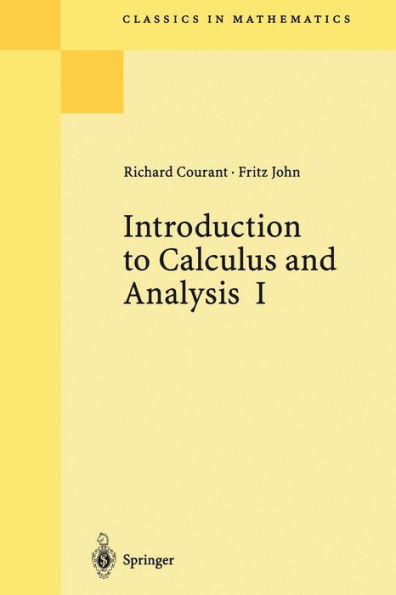5
1
9783540650584


Introduction to Calculus and Analysis I / Edition 1 available in Paperback

Introduction to Calculus and Analysis I / Edition 1
- ISBN-10:
- 354065058X
- ISBN-13:
- 9783540650584
- Pub. Date:
- 12/22/1998
- Publisher:
- Springer Berlin Heidelberg
- ISBN-10:
- 354065058X
- ISBN-13:
- 9783540650584
- Pub. Date:
- 12/22/1998
- Publisher:
- Springer Berlin Heidelberg
59.99
In Stock

Product Details
| ISBN-13: | 9783540650584 |
|---|---|
| Publisher: | Springer Berlin Heidelberg |
| Publication date: | 12/22/1998 |
| Series: | Classics in Mathematics |
| Edition description: | 1999 |
| Pages: | 661 |
| Product dimensions: | 6.10(w) x 9.25(h) x 0.06(d) |
About the Author
From the B&N Reads Blog
